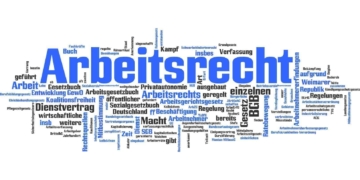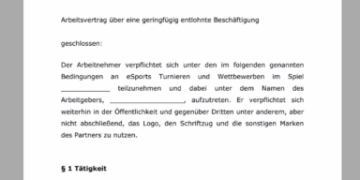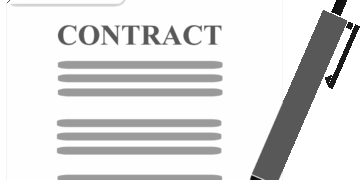In the last blog articles I had written a few times regarding the separation of advertising and content, especially with influencers, streamers etc. Today a verdict of the OLG Nuremberg became known, which beautifully shows the demarcation.
The procedure was not about influencers, but also about whether advertising was correctly marked.
Two electricity providers had argued about whether the stick email/advertisement would be an unreasonable nuisance when using the GMX web interface.
The OLG Nuremberg denied this, as the advertising form would not be e-mails, but advertising banners. These would not unreasonably harass users and would be permitted even without the explicit consent of the users. That is particularly true in the case of the use of the free version of GMX, in which a informed user must assume that it is financed by advertisements. GMX and therefore also the advertiser have therefore complied with the requirements of Section 6 of the German Telemedia Act. For similar reasons, the OLG Nuremberg also rejects a harassment of users according to § 7 UWG. GMX’s inbox advertising is not spam, but an ad banner controlled by an ad server that only looks like e-mail.
Since the judgment deals quite intensively with the question of when advertising could or would be annoying for users, it is worth reading the judgment for anyone who manages or implements advertising banners and similar messages on websites or other portals. If you have any further questions, please do not hesitate to contact me.




















